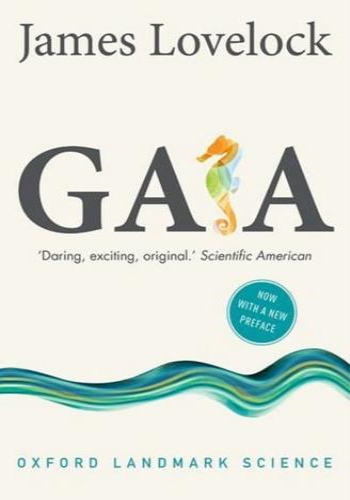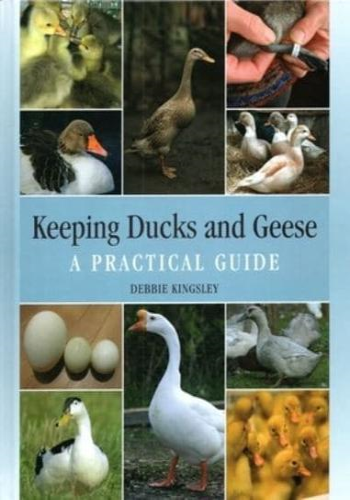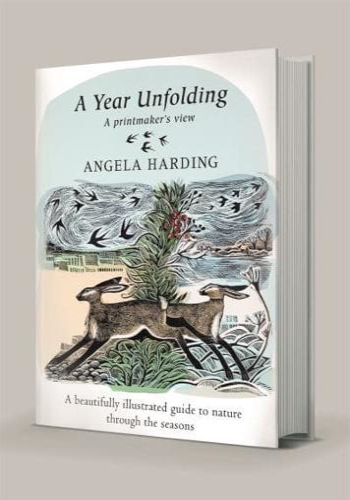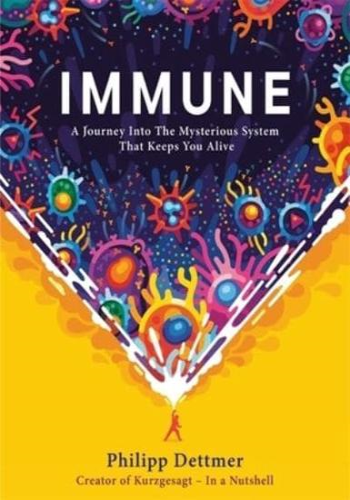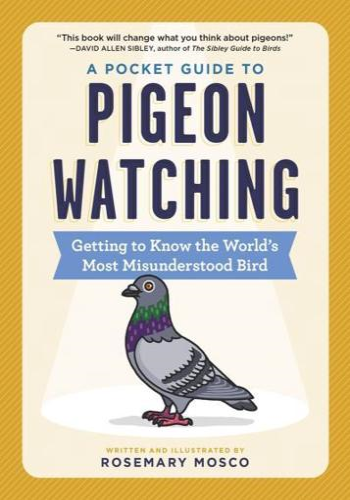Chapter 1: The Hypothesis
* Gaia hypothesis: The Earth is a self-regulating system that maintains conditions favorable for life.
* Gaia theory proposes that life has played a major role in shaping the Earth's atmosphere, oceans, and climate.
* Example: The cooling of the Earth's surface due to the release of oxygen by photosynthetic organisms, leading to the formation of the oxygen-rich atmosphere we rely on today.
Chapter 2: The Evidence
* Provides evidence supporting the Gaia hypothesis, including:
* The stability of the Earth's temperature and atmosphere over millions of years.
* The coevolution of life and the Earth's environment.
* Example: The role of planktonic organisms in regulating the global carbon cycle, absorbing carbon dioxide and releasing oxygen into the atmosphere.
Chapter 3: The Critics
* Discusses criticisms of the Gaia hypothesis, including:
* The lack of a single "organizing principle" or mechanism behind Gaia's self-regulation.
* The difficulty in distinguishing between natural processes and the effects of human activity.
* Example: Climate change skeptics argue that human-induced global warming is not a product of Gaia's self-regulation but rather a result of human activities.
Chapter 4: Gaia and Human Activity
* Explores the implications of the Gaia hypothesis for human behavior.
* Argues that human activities can disrupt Gaia's self-regulating processes.
* Example: The burning of fossil fuels releases carbon dioxide into the atmosphere, contributing to climate change and potentially altering the Earth's temperature and climate patterns.
Chapter 5: The Future of Gaia
* Considers the future of Gaia in light of human activities and climate change.
* Discusses potential consequences of environmental degradation and the need for sustainable practices.
* Example: The use of renewable energy sources, such as solar and wind power, to reduce our reliance on fossil fuels and minimize our impact on Gaia's self-regulating systems.


